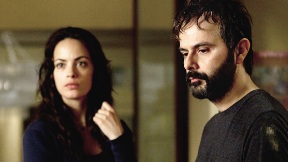
One of my favorite movies from recent years was A Separation, an Iranian film about the breaking apart of a family that ended up...

A screenwriter couple’s stay on Ingmar Bergman’s home island of Fårö inspires an honest look at how women are represented in movies, in the...

In the late 19th century, a Danish Lutheran priest is sent to Iceland to build a church, but the overwhelming power of nature threatens...